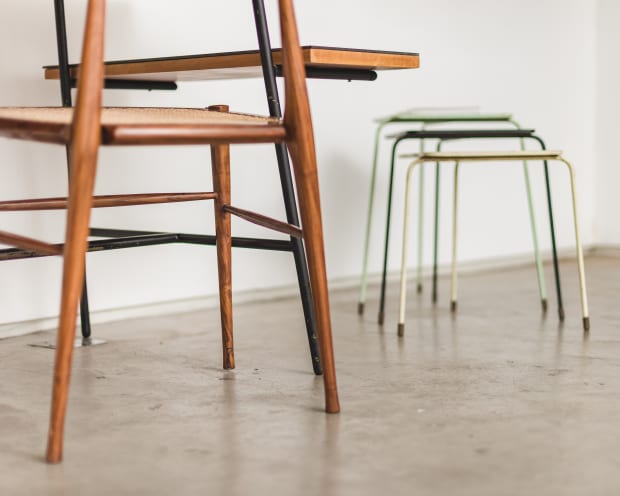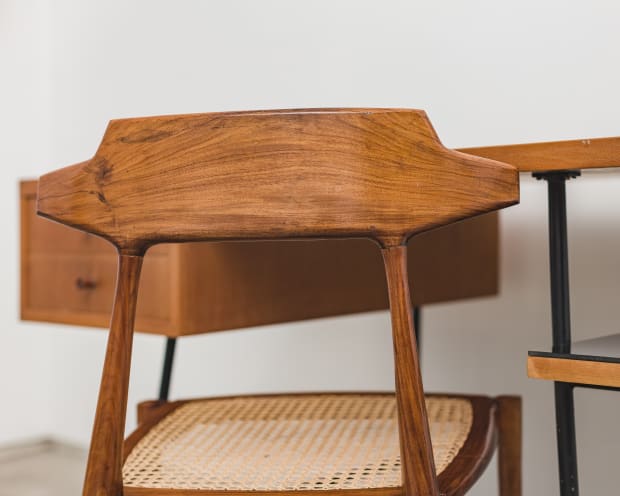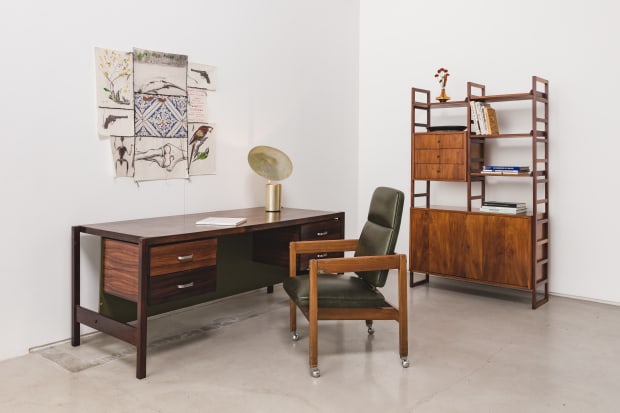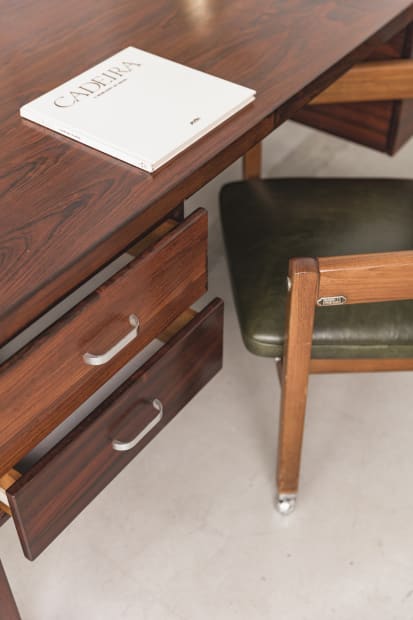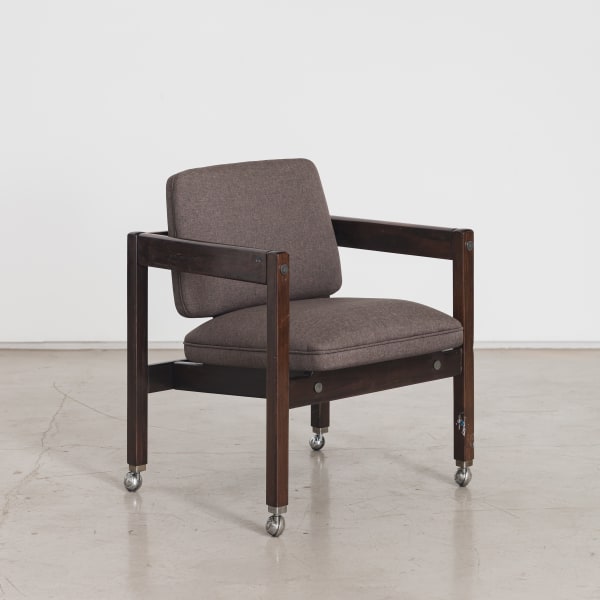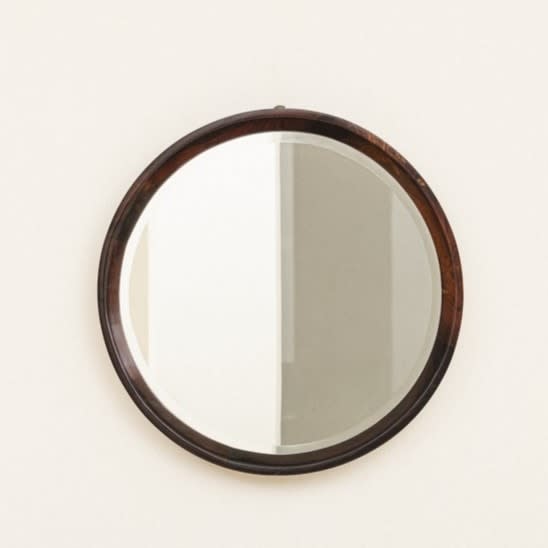-
-
WORKSPACES: REDESIGNED THROUGH TIME
Bossa Furniture and Mendes Wood DM present Workspaces: adapting through time, an exhibition that explores the history of office spaces from 1950 until today. By gathering Brazilian designers and artists such as Geraldo de Barros, Anna Bella Geiger, Joaquim Tenreiro, Lorenzato, Jorge Zalzuspin, Rosana Paulino, Carlo Hauner and many others, the exhibition traces formal and conceptual relationships between home, work and the individual. The stunning diversity of Brazilian art and design is a common thread in all of our workspaces. -
-
-
RUPTURE
The Second Industrial Revolution, also known as the Technological Revolution, transformed the domestic visual landscape with the new industrial materials that it incorporated into daily life. The concept of “new” was contrasted with the craftsmanship of the previous century, which allowed the rational and the essential to coexist, exploring the close relationship between form and function, between technology and its formal expression.
Bauhaus professors taught us that, through design, art could be “for” everyone. They created an aesthetic utopia, imagining a world that would reflect the unity of all the arts. While neoclassical armchairs were conceived to transmit opulence, modern design focuses on improving user experiences. The individual was placed at the center of the design process. -
-
-
-
-
DOMESTIC WORKSPACE
The lack of a developed industry in the country contributed to the rise of craftsmanship in Brazilian design that can be seen in Joaquim Tenreiro masterpieces and in the desks designed to public offices, produced by L'Atelier, the leading design enterprise founded by Jorge Zalzsupin in the 1960s and 1970s in Brazil.
One of the main features of Zalzsupin's works is the Rosewood patchwork, found in many of his works. According to Zalzsupin “when placed side by side the desks should combine between themselves”. The patchwork was also a keen solution to the variations of tones and veins found in Rosewood; by using small Rosewood rectangles, a large top could be manufactured without wasting wood.
In this room, Zalzsupin's patchwork desks were placed in in a way that represented the function and the complexity of the concept of the modern workspace. As we left behind typewriters, workspaces and desks need to change to follow a new way of working. -
